This year I took on writing for audio for the first time, supported by Arts Council England to work with sound designer Adrienne Quartly and adapt my North Devon-inspired stage play Hefted for online listening.
This is the third in a series of six blogs reflecting on what I learned.
——————
I’d never worked directly with a sound designer before this project.
I’d been with and around sound designers in my writing for stage, having them join at a developmental point a few drafts in. Usually, those conversations were led by a director once a strong collaborative team was already in place, and there was a shared language and understanding we were all working with.
Adrienne Quartly was an absolute co-creator of Hefted | Audio from the beginning: but what you can’t tell from listening to the work is how important she was to the whole adaption process in transposing the script to audio.
The scripted words might be ones I wrote, but the dramaturgical approach for conceiving of the narrative shape, emotional atmosphere and overall voice of each of the nine audio pieces was a shared discovery in which we played an equal part.
How she heard those original stage stories, the questions she brought with her, the atmospheres and tonalities she was trying to decipher, and the dramatic beats that she’d picked up on as needing serious work for audio storytelling – where maintaining attention was key – were all elements that helped to fundamentally shape the script.
Quite apart from never having collaborated with a sound designer before, I’d also never collaborated with Adrienne before.
We hadn’t even met. We’d spoken on the phone a couple of times during the set-up for the ACE application – she’d been strongly recommended by a writer friend who is also a sound designer – and after receiving the project information, had agreed to being included in the application.
I didn’t really know how she worked (or indeed, how sound really worked), but figured that was part of the developmental process of the project – forming new partnerships and getting used to new ways of working.
As I mentioned in a previous blog, none of the core team had made an audio drama before but we were all interested in using this to develop our practice and learn how to make it work.
I waded into Adrienne’s thought process early on via email.
I was full of assumptions about how this would work, insisting on a full-on dramaturgical response from her that could be articulated in great detail through the language of her practice – but that wasn’t going to work.
Those tasks are reflective of my own process as dramaturg, looking quite technically at a script solely in terms of text. Adrienne’s initial responses were full of curiosity, wonderings, questions, over-arching things she could sense and feel in the gaps and spaces of the work, but some of which were still opaque or unclear.
I felt and enjoyed the difference – she was responding emotionally, searching for understanding rather than diving into big technical discussions.
I had to learn pretty quickly that not everybody on the creative team was going to speak the same language.
(Gathering key words on the first day of rehearsal – sharing an audio performance language for the piece)
In fact, Adrienne and I had to find our shared language through a journey of discovery, continually asking exactly what the work was going to be.
My response to that question had initially been ‘um, audio drama, obviously?’ – but the deeper I looked, the more I realised how un-obvious it was. It felt like the equivalent of giving a film director the instruction ‘can you please make it look just like a movie?’.
Transposing this twenty-strong-cast mixed community-professional stage play into a sonic medium, that would be somewhere on the scale between sound art and BBC audio drama was only a vague principle. It also wasn’t possible to decipher over email.
Exactly what its sonic world would be, how and why it impacted on the text and storytelling, and how text and sound could share the space, was only going to happen by the two of us being in the same space together.
So I did what any decent-minded collaborator would do.
I put her in the passenger seat of a tiny red Toyota Aygo at Tiverton Parkway, and drove her around the sleet-ridden North Devon coast in mid-February for two days.
We stayed in a strange hotel in murky Lynmouth, alongside a random coach-load of European tourists.
We drank ale and gin (on our own bills I should mention, not the Arts Council’s).
We talked a lot about each other’s work, the piece, our foibles and strengths as makers, our politics regarding the industry’s hierarchy of creators, what we thought the words dramaturg, sound designer and playwright actually meant, and how we imagined the world of the audio piece to be.
We shed the pressures of previous projects that we’d grappled with, shared our favourite shows and theatre gurus, unpicked processes we’d had where things had gone well and things had gone badly, and gradually took ownership of what we’d do next on this project – our project.
(The West Lyn River – for whom we would later create her very own voice)
I listened and learned a lot about her approach – instinctive, emotional, atmospheric, detailed – that it often began from a place of impulse and then layered and grew. I learned what a sound palette was, why we’d need one, how it might shape the work and the dramaturgy of the audio world, and therefore the writing.
We sat in the weird Lynmouth hotel together for a few hours, rain hammering at the windows, and worked through each of the scenes in my rather failed second draft, finally in person and able to scrutinise and question and measure one another’s ideas and responses in a way that’s impossible over Skype.
We were also quiet a lot, but together – thinking, pondering, questioning.
We went out in the car and whizzed around looking for recordings of rivers, farms, and Exmoor – and towards the end of the two days, in one joyful moment, we pulled into a layby near a windfarm, trudged across a ditch, scrambled over a barbed-wire fence and trespassed across private land in broad daylight wondering if we’d be collared by a farmer, just so that we could record the sound of an actual working wind turbine close up.
In retrospect – remembering Adrienne stood beneath a massive turbine with a portable sound boom held aloft, leaning into her headphones to check the quality of the recording whilst I was on lookout for a farmer with a twelve-bore and a temper, my little Toyota Aygo blocking the nearby entrance to the field – it was a great note to end our first trip on. A little bit mad, a little bit playful, and a sense of a shared experience.
It was a great way to start finding one another’s temperaments and artistic approach.
A month later, following a reading in the afternoon by students at Exeter University of another new draft, we headed off to North Devon a second time – only this time to the inland rural depths of Hatherleigh.
We spent the whole of the next morning in the local hotel and pub (coffee and tea this time) conceiving of one of the nine scenes together completely from scratch. It had never felt like it had quite worked in the stage version, and it definitely didn’t for audio.
We worked together in the moment. Usually I’d go away into a room and beaver on something separately, but Adrienne mixed and sampled sounds for me to listen to on her laptop, I shared words, phrases and mind-maps showing what I felt this particular story could do, we looked at fragmented texts like Kane’s 4.48 Psychosis as inspiration for a more open, poetic text that left space for sound to lead, and we went to and fro with ideas, intentions and structures.
Looking back, this particular track was the one we were most proud of as a collaboration between writer and sound designer.
I offered text to Adrienne and the performers, they played and explored a month later in rehearsal and the studio, and we had no real idea exactly how the piece would play out until Adrienne had built her sound composition into it.
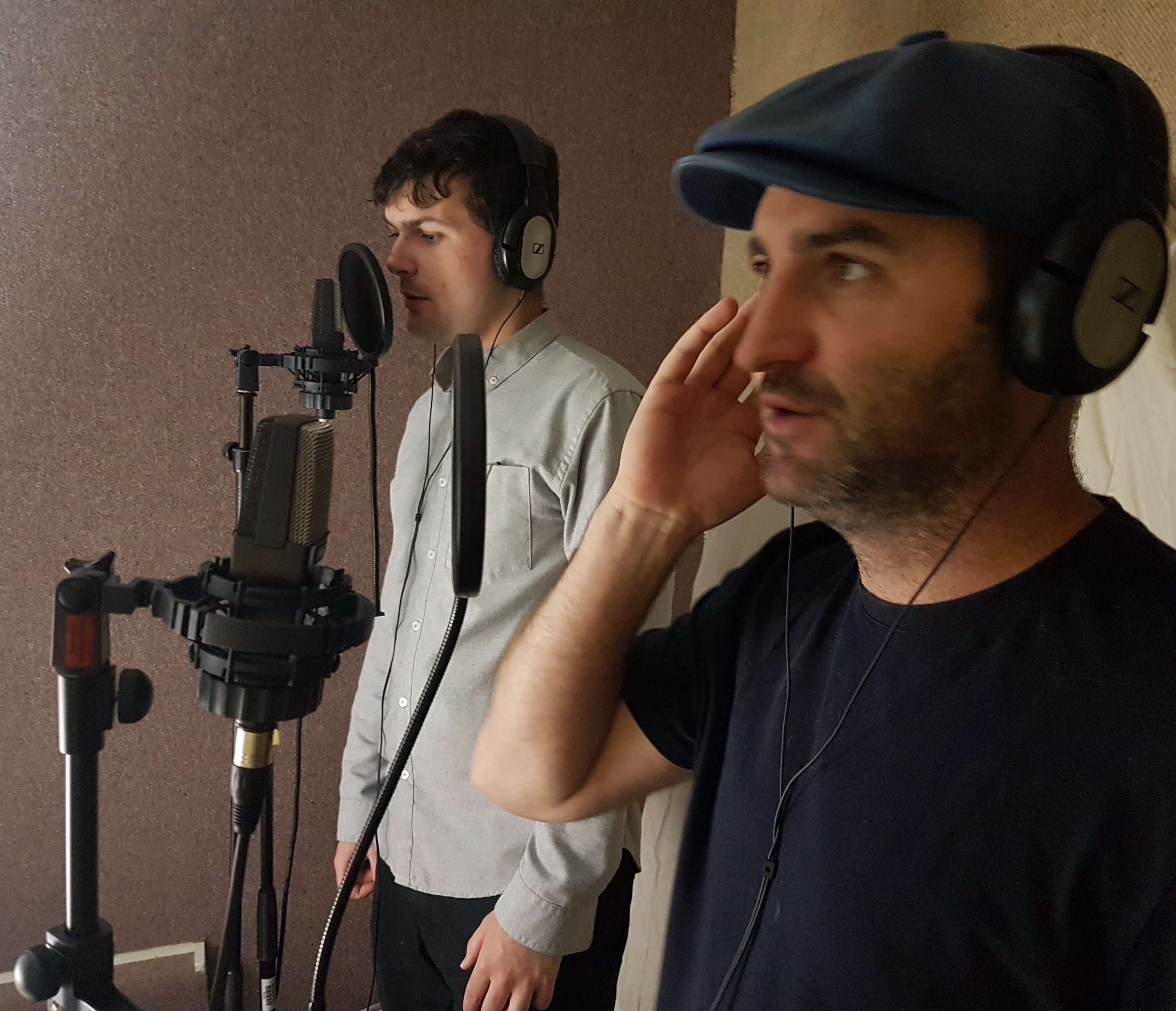 (Performers Hugh McCann and Ben Stretton in the studio)
(Performers Hugh McCann and Ben Stretton in the studio)
She layered words and phrases and voice tracks, interleaving sound and atmosphere, building a piece that was closer to sound art than it was BBC audio drama. We always wanted a range of styles across the nine, but this was the one that I felt genuinely represented a dance between sound and words.
In the process of adaptation of the text, I withstood some necessarily robust and searching dramaturgical questioning from Adrienne and our two audio mentors – but in offering up the first mixes of the nine scenes for me to listen to, we then switched roles: I became dramaturg to her sound work, able to suddenly step back with my work on the words all done and listen instead to the whole. We became co-editors of the final versions.
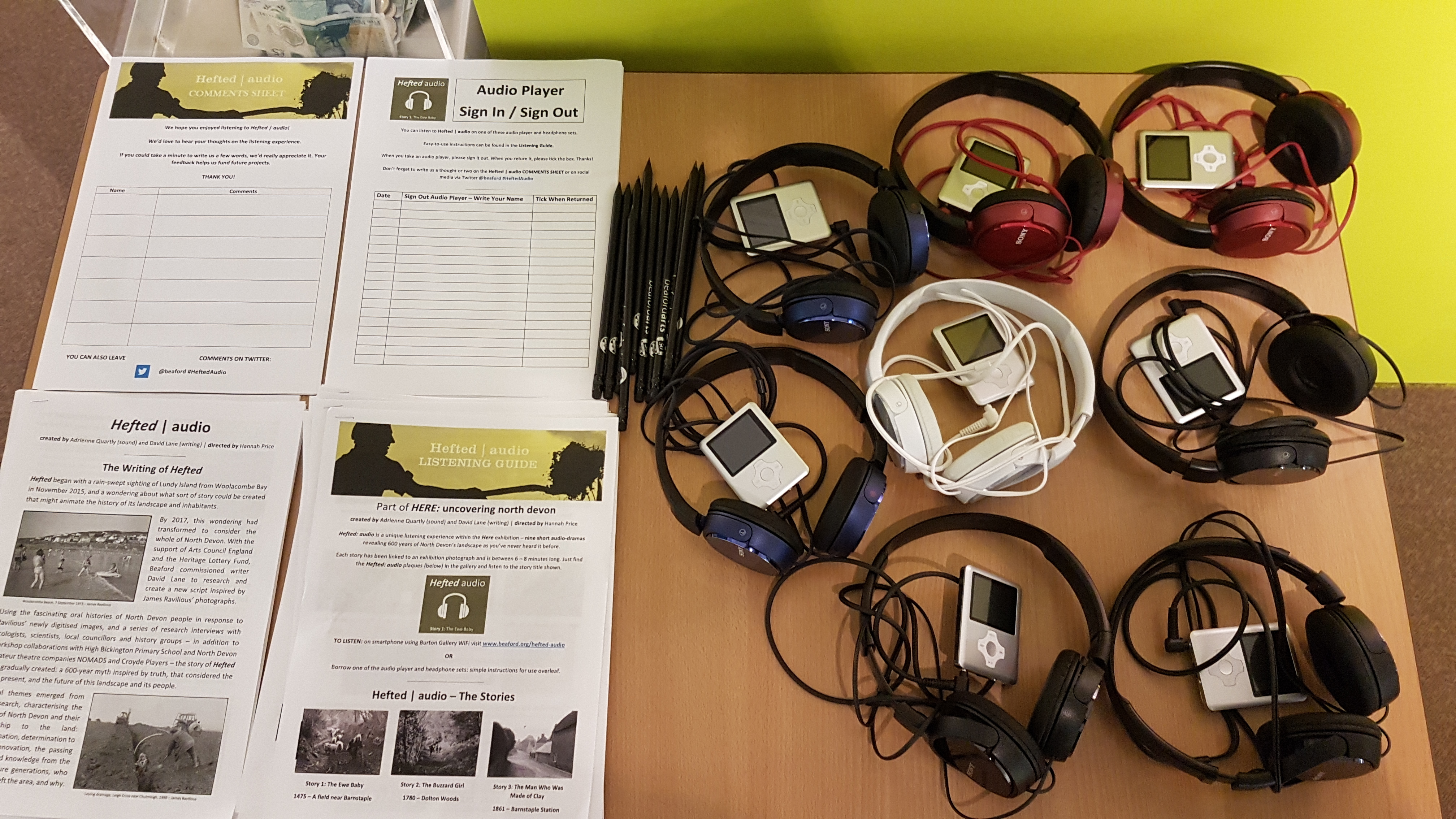 (Hefted | Audio installed at the Burton Gallery in Bideford, North Devon)
(Hefted | Audio installed at the Burton Gallery in Bideford, North Devon)
In future adventures into new mediums of drama, I’d certainly create more space, more time, more budget, more knowledge, more research, more understanding of what I was getting into – but in a strange sort of way, that burst of four months’ intensive work from our first meeting to the final mixes being created meant learning fast.
We became vulnerable together, exposing our lack of experience in this particular medium – but once we’d acknowledged that, it became part of our adventure together.
————-
In the next blog I’ll step back from artistic reflection and take a look at the self-producing aspect of the project: what it meant to fund, manage, self-run, adapt and produce the whole audio adaptation – and how the resulting pressures can impact both the creative work and the team.
Click below to read the previous two blogs:
Adapting to Audio: Can a Text be Multi-Purpose?

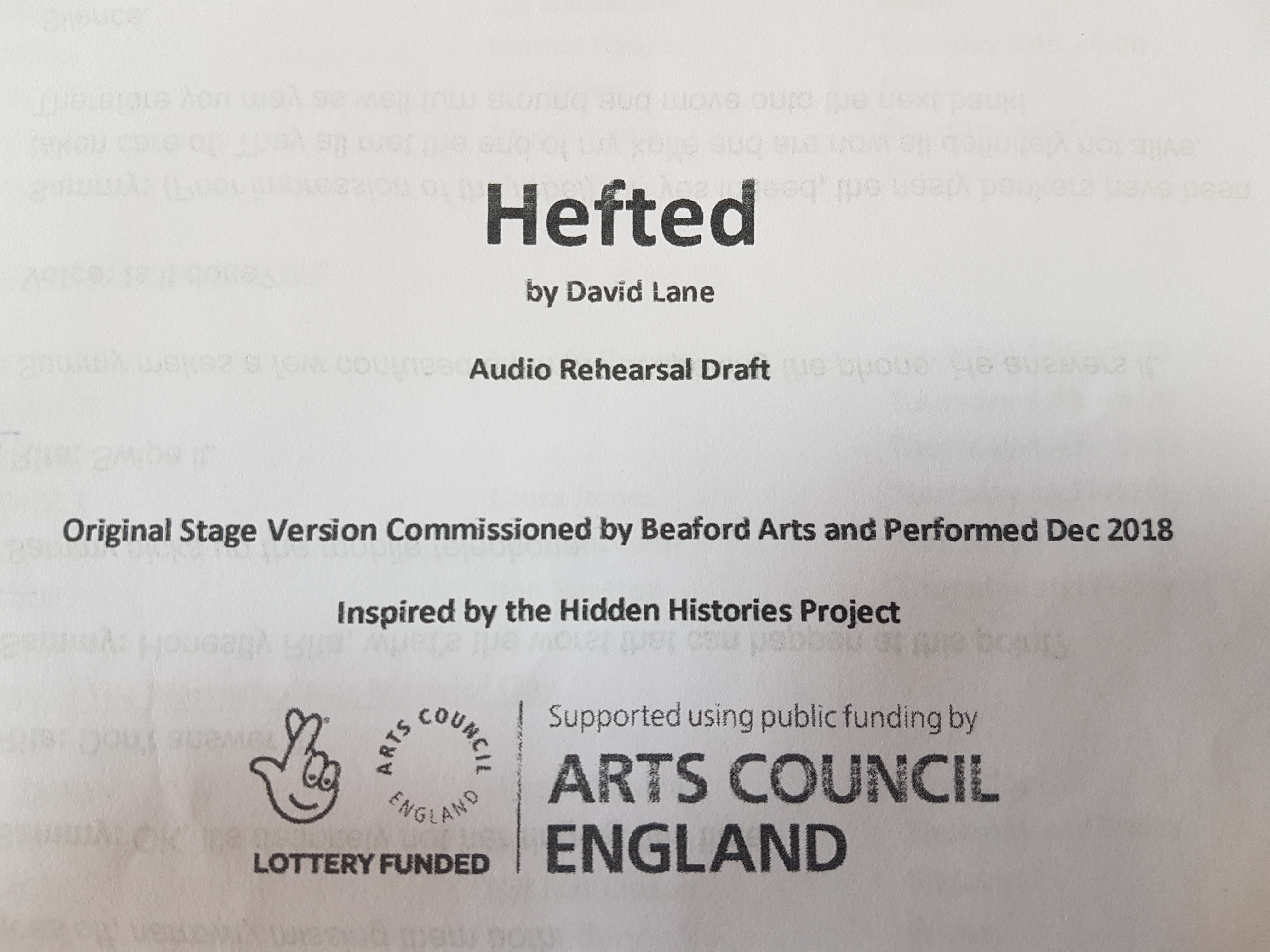
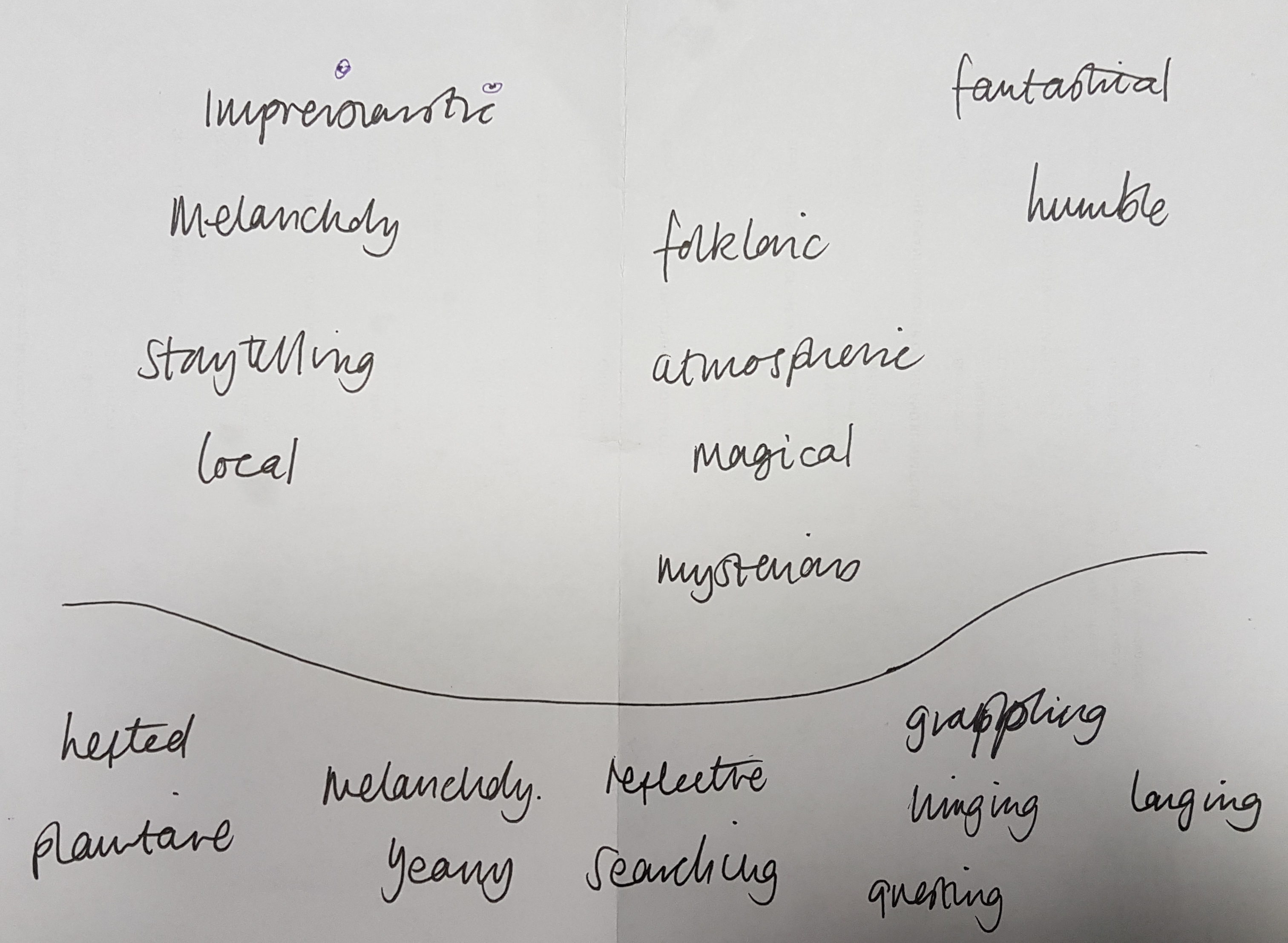
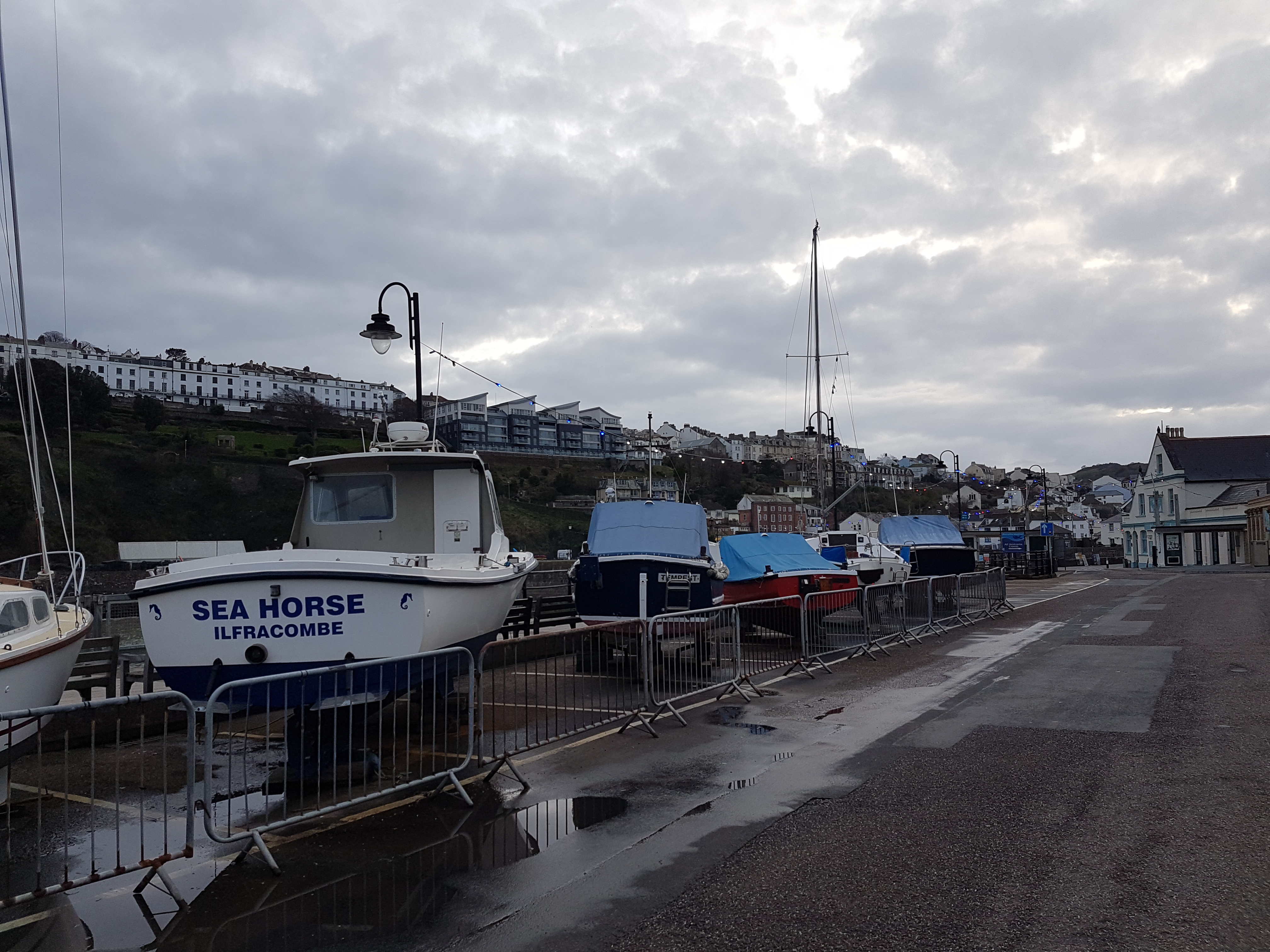
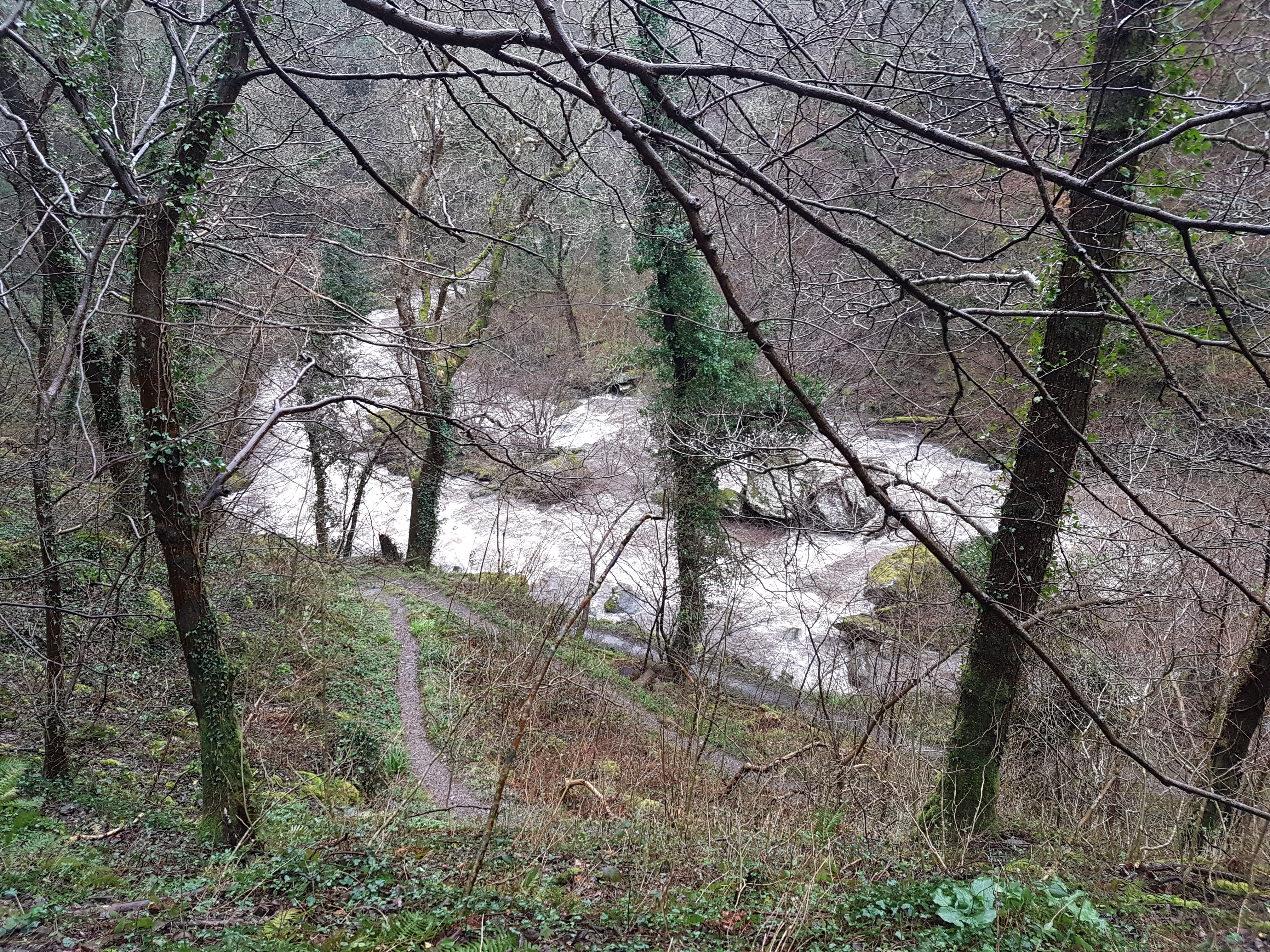
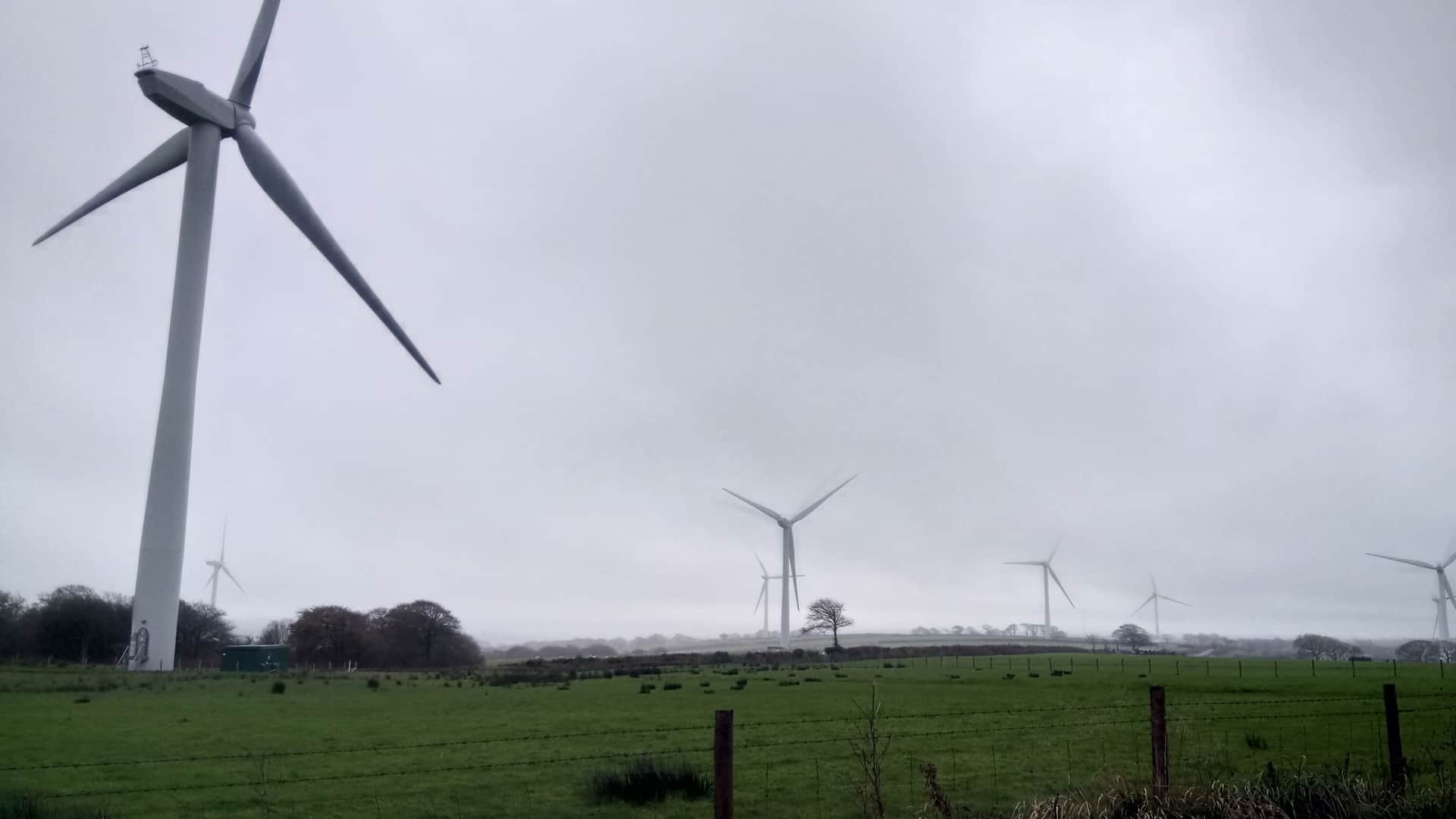

We absolutely love your blog and find a lot of your post’s to be what precisely I’m looking for.
Does one offer guest writers to write content available for you?
I wouldn’t mind creating a post or elaborating on some of the subjects you write related to here.
Again, awesome web site!
I am regular visitor, how are you everybody? This piece of writing posted at
this web page is truly pleasant.